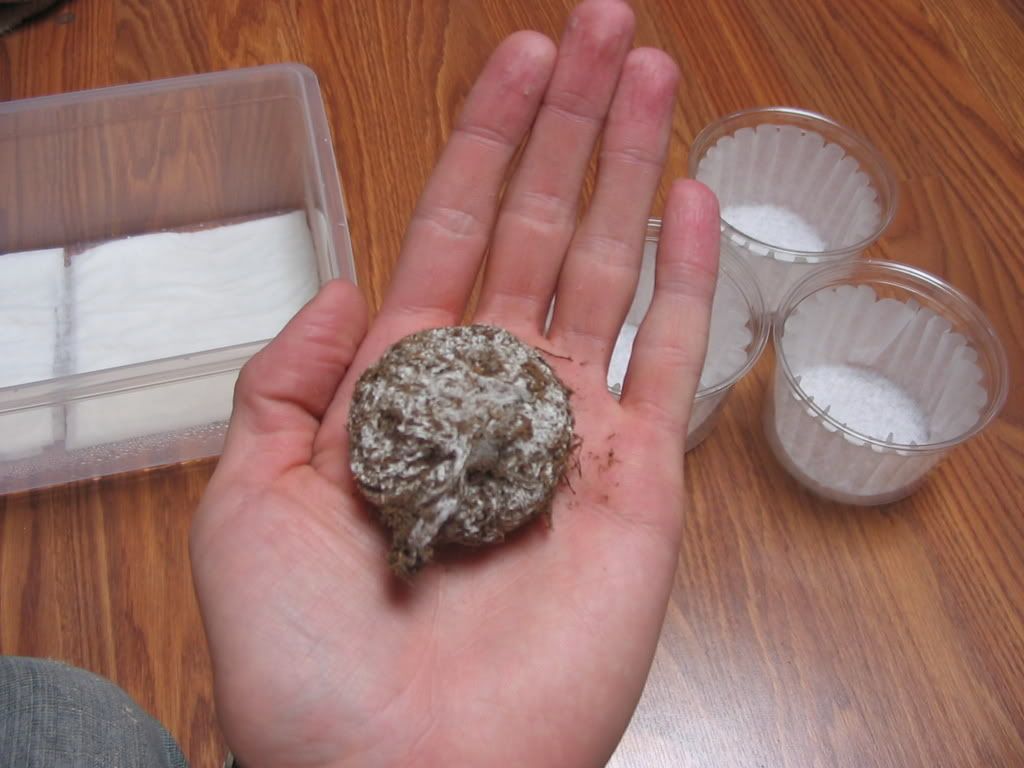- Joined
- Jan 6, 2007
- Messages
- 2,518
It's a little early but i want to be very prepared for an attempt to breed my B. Smithi.
So any of you who have bred Brachypelma successfully please tell me how, and give me pointers. Please give as many details as you can.
My mature female will be molting sometime between Jan and May of '08 and the same goes for the male. The male will most likely be Sexually Mature upon his next molt. I need to know things like timing of the molts to breeding and stuff like that, and the more info the better, cause some varriables may not be as important as others. I really want to know which of the varriables are needing a great deal of attention and which ones are not so important.
Thanks in advance for sharing your knowlege and experiences,
P.S. I you post links to past threads thats great, but new accounts and attempts of Breeding B. Smithi are also good. So if you like post links, but if you have relevant info please share.
So any of you who have bred Brachypelma successfully please tell me how, and give me pointers. Please give as many details as you can.
My mature female will be molting sometime between Jan and May of '08 and the same goes for the male. The male will most likely be Sexually Mature upon his next molt. I need to know things like timing of the molts to breeding and stuff like that, and the more info the better, cause some varriables may not be as important as others. I really want to know which of the varriables are needing a great deal of attention and which ones are not so important.
Thanks in advance for sharing your knowlege and experiences,
P.S. I you post links to past threads thats great, but new accounts and attempts of Breeding B. Smithi are also good. So if you like post links, but if you have relevant info please share.









